Voicing Water Visions
How might we promote inclusive water governance using participatory media?
CHALLENGE
Without adequate access to clean water, people suffer from poor health, food insecurity, barriers to education, vulnerability to climate change, and more. Marginalized groups like women and youth are disproportionately affected by water-related issues. A key step for improving water governance — and thus improving the quality of life for billions of people worldwide — is to improve community participation in natural resource management.
In order to tighten the feedback loop between people and governments, donors, aid organizations and so on, I designed and led a campaign for more inclusive water governance called “Voicing Water Visions” for the International Water Management Institute in 2019. We collaborated with farmers and fisher(wo)men in Myanmar, Nepal, Ghana, South Africa, and Laos to produce participatory photo stories and videos that captured their challenges and coping strategies, connected their personal experiences to broader trends, and advocated for more sustainable, equitable development.
I strove to facilitate a participatory process that was not only informative for researchers at IWMI, but also conducive for participants’ personal reflection and social learning. This approach was motivated by (1) the desire to mitigate the extractive nature of research and communications and (2) my interest in exploring a vision of international development that catalyzes people’s imaginations and supports their ability to act upon their own aspirations, rather than enforcing expert-led solutions or aid.
PROCESS
1. I began by reading and synthesizing 40+ papers and chapters about applying participatory photography (also known as “photovoice”) and participatory mapping to natural resource management. I used others’ experiences to make the case for participatory communications at IWMI. I also developed ethical guidelines for the campaign based on critiques of participatory media-making.
2. I prepared for each specific story by gathering information from diverse sources and asking lots of questions. From peer-reviewed publications to local Twitter hashtags to interviews with government officials, I gathered as much information as possible to design participatory media-making workshops that welcomed the creativity, knowledge and engagement of participants. For example, I often asked the lead researcher questions like:
What are the different perspectives regarding this issue? This helped me identify how many people in how many different communities we should be working with in order to capture the different experiences of an issue.
What research findings can help us make the case that the participatory stories are not simply anecdotal, but represent widespread issues? Research is at the core of IWMI. I knew that the value of participatory storytelling might not be recognized unless it was integrated with peer-reviewed sources.
What major contributions have you made to this field, what are your key messages and what is your vision for the next three years? I tried to position each Voicing Water Visions story strategically to highlight IWMI’s thought leadership and introduce future directions.
What else can I do to support you and your work? IWMI communications has limited resources, so it was important to make the most of each field visit. In addition to leading the participatory workshops, I took photographs, met with partners and conducted interviews to contribute to each project’s communications efforts.
Researchers have competing demands for their time and budget, so I prepared my questions in advance. I also tried to use these initial conversations as an opportunity to gain their trust and commitment to the story.
3. I collaborated with groups of farmers and fisher(wo)men across Africa and Asia to develop their own participatory photo stories or videos. Until I arrived in a community, I didn’t know with whom I’d be working, for how long they’d be available, their familiarity with smartphone cameras, etc. Every fieldwork experience involved a different topic, a different group dynamic and a different structure. For example, in Myanmar, I led a three-day workshop with ten farmers, fishermen and youth who were experiencing conflict over water management. Each of their photo stories reflected their personal challenges and hopes, which were then presented to each other, the community and the Ministry of Fisheries and Agriculture. In Far West Nepal, I went door-to-door to support six representatives of three different communities in photographing their experiences with hydropower development. In South Africa, I spent three days sketching storyboards in the back of a pick-up truck, as seven participants filmed their mountain springs, street taps and home gardens. They produced a collective video narrative about their shared challenges with water access and their community-led, innovative self-supply solutions.
Some of participants’ photos and captions:
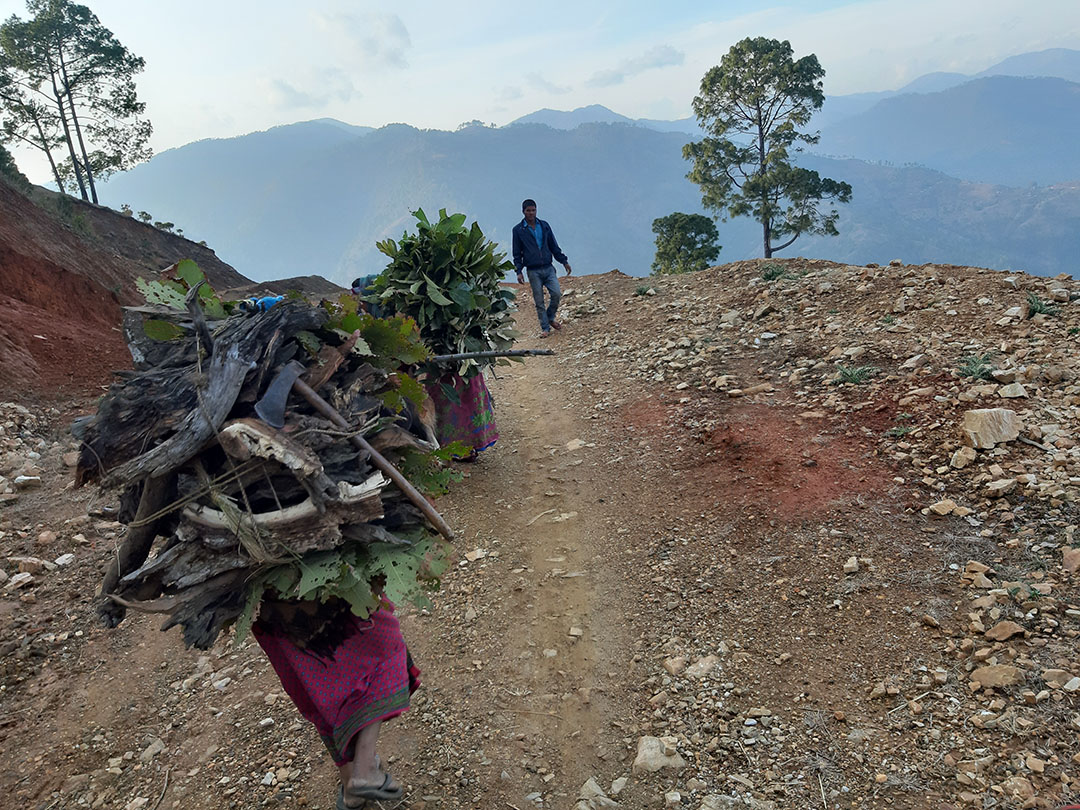
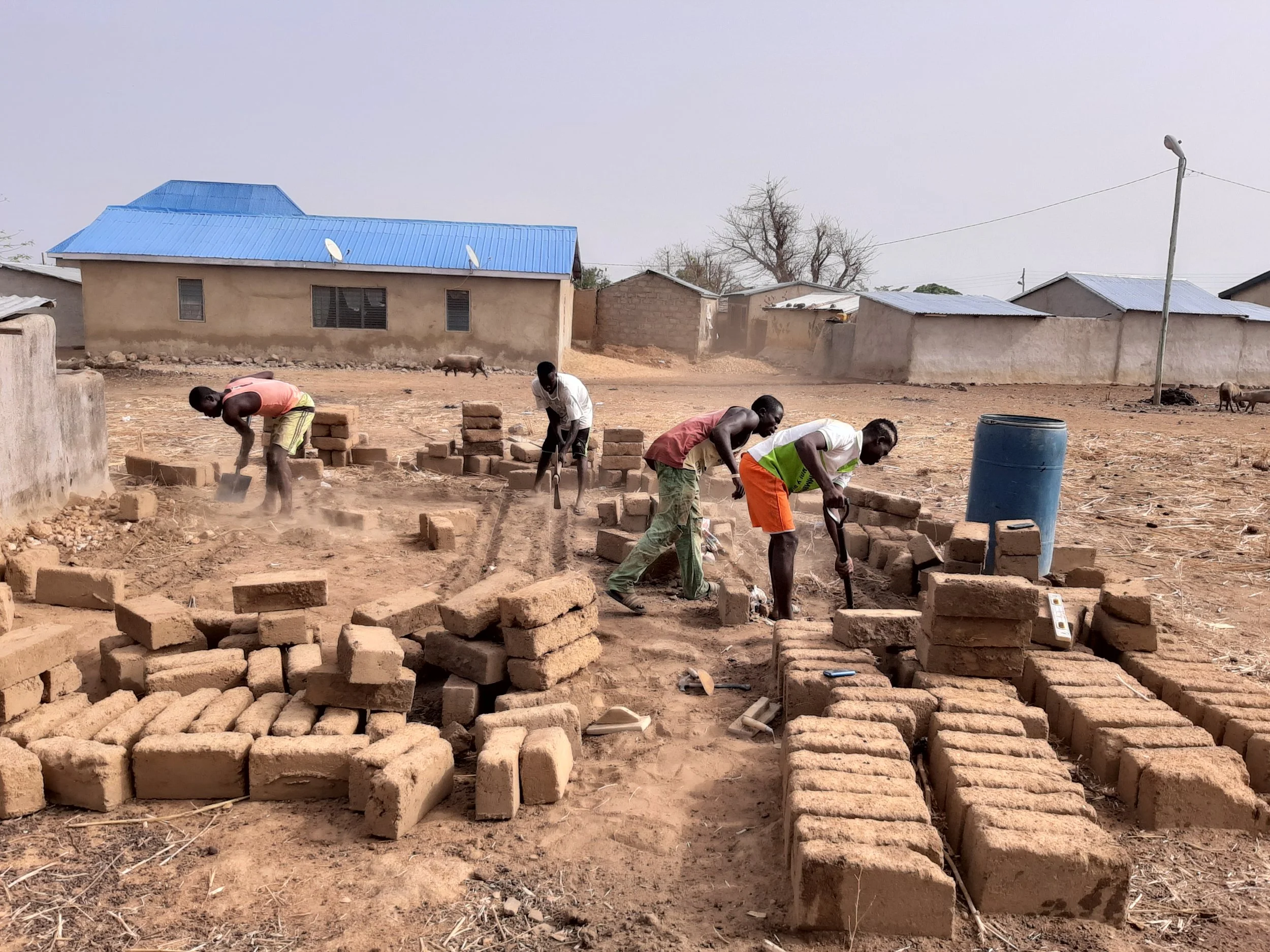
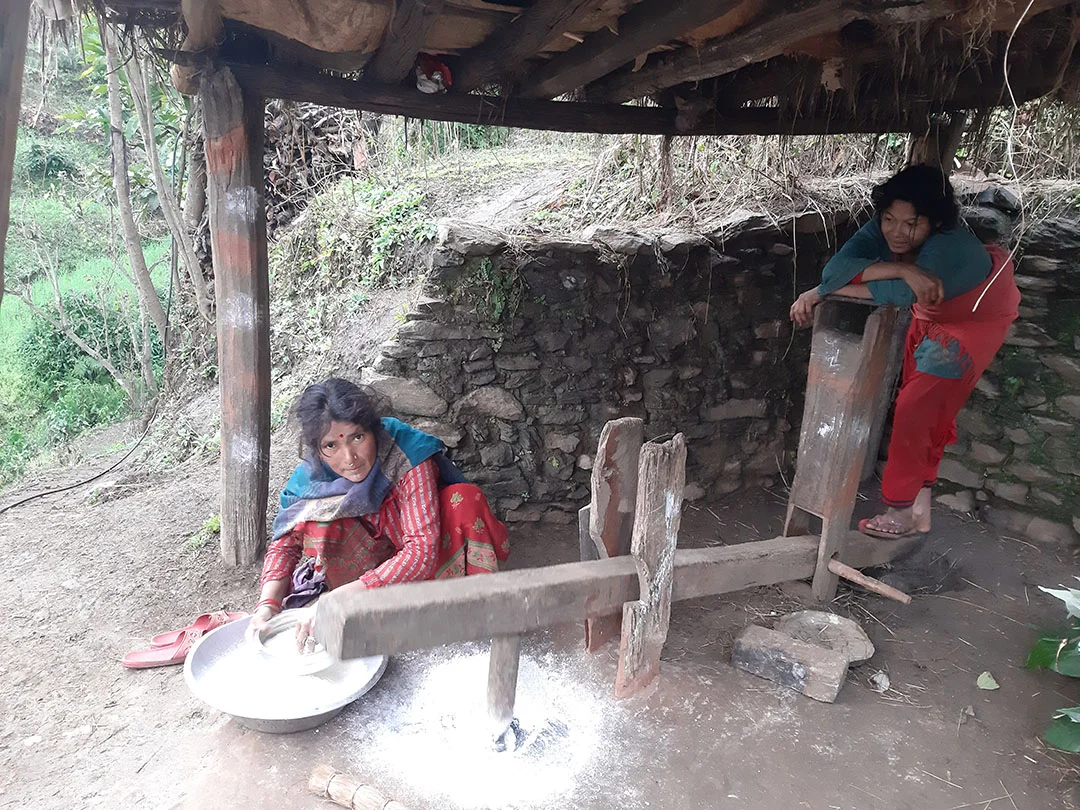
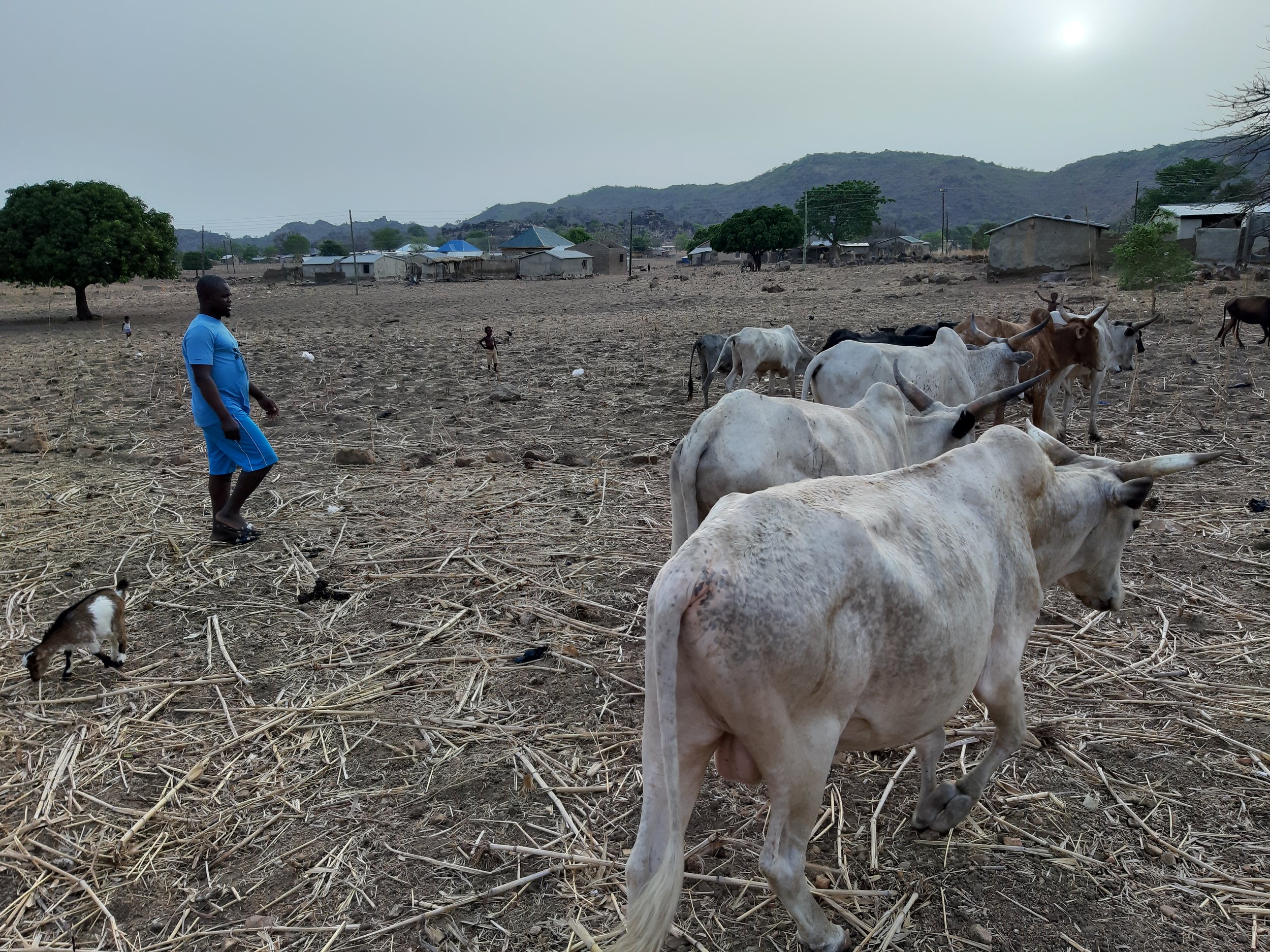

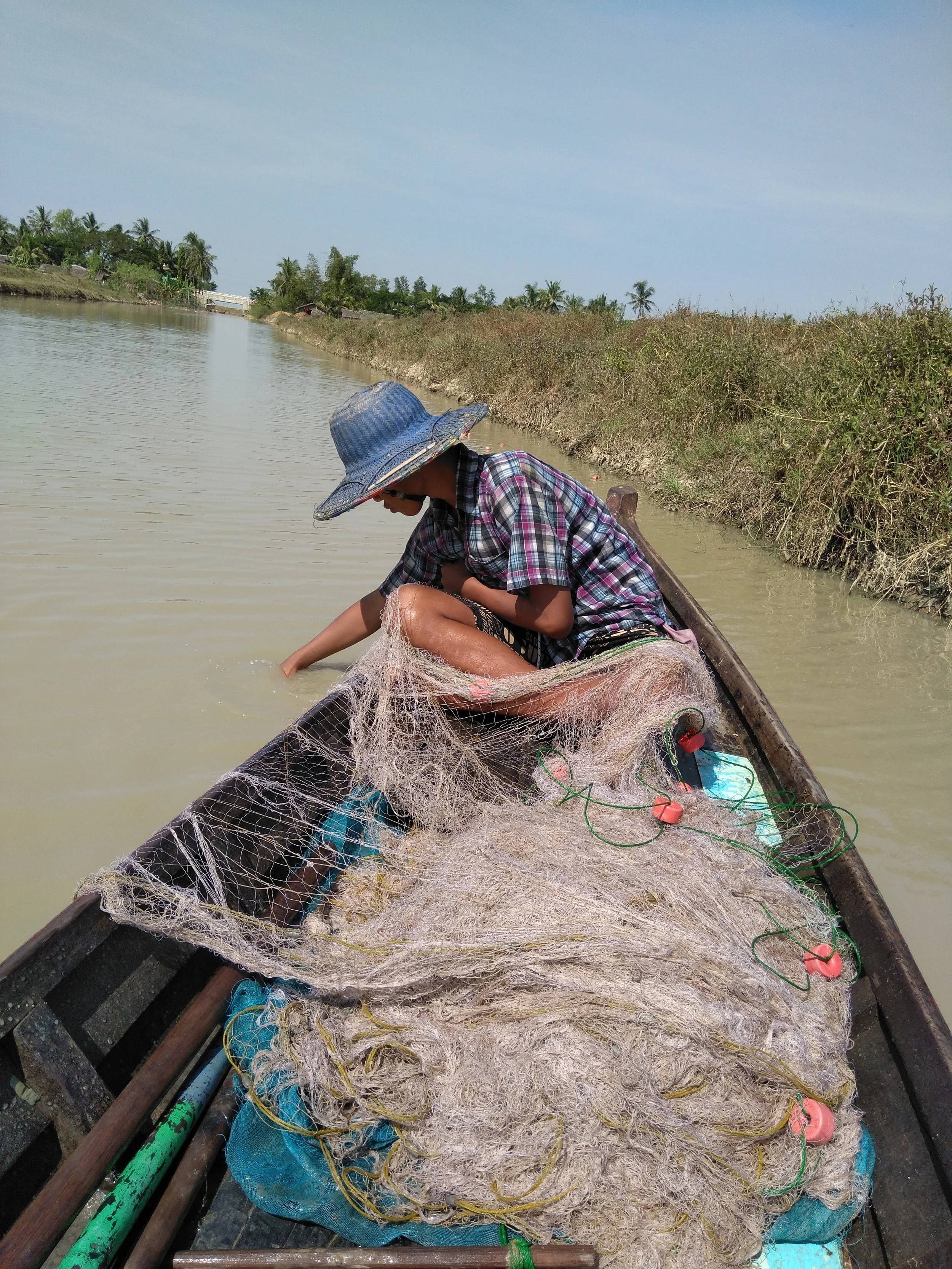
I usually framed the participatory storytelling activities in terms of: If someone had never met you or visited your community before, what would you want them to know? A focus group discussion with community members helps open the floodgates. When participants are a bit shy or not yet confident in their photography abilities, a “treasure hunt” (e.g. “photograph something you wish you could change,” “photograph something you think no one else has noticed”) helps us get moving, thinking and sharing. Once participants have enough time to reflect and collect images that they find meaningful, I’ll ask them to select their top 5 images and ask during individual photo-elicitation interviews: “What is happening in this photo?” and “Why did you take it?/Why is it important to you?” If there’s any confusion about the purpose of these questions, I give the example: “I see you took a photograph some chickens. When I look at your chickens, maybe I just see them as chickens. But when you look at your chickens, maybe you see your bank. You know that if your kids get sick or if your crops fail and your family is hungry, you can sell your chickens and the money will help you during hard times. Could we please talk about both what is in the photo and what it means to you?” We then transition from thinking about standalone photos and captions to photo stories with narrative arcs, with a focus on change over time.
At the end of each field visit, I gave participants printed copies of their favorite photos (and usually a few selfies) and made sure everything was in order with the participation, photo consent and photo release paperwork.
4. I then compiled the participants’ stories — including photo and video editing, writing and web design — on IWMI’s Voicing Water Visions website. As part of this process, I sought feedback from researchers, project partners and participants, who gave final approval for their stories to be shared. The participants did the hard work of telling their stories in multimedia and words. My post-production process involved organizing their photos, translating and subtitling their interviews and writing supplementary text to provide context for participants’ stories and bridge their subjective experiences with wider trends and research findings. Furthermore, as part of Voicing Water Visions, I had launched IWMI’s first multimedia storytelling platform, so my goal was for every story to demonstrate a new method of digital storytelling. Lastly, I actively solicited feedback and iterated based on people’s responses. While it can be stressful when there are too many cooks in the kitchen, there’s no question that feedback strengthened the stories, encouraged buy-in and aligned with the participatory ethos of the campaign.
5. I evaluated audiences’ responses to each story by tracking social media and website metrics and adjusted course accordingly in the next story. Since Voicing Water Visions is IWMI’s first participatory communications campaign, which launched IWMI’s first multimedia storytelling platform, I was unable to set informed quantitative goals for readership at the campaign’s onset. At the halfway point of the campaign, however, Voicing Water Visions tweets received on average 59% more engagements than IWMI’s unrelated tweets and resulted in double the number of profile clicks. These numbers indicated our Twitter following’s interest in the content, the location, the methodology or the promotion of Voicing Water Visions stories. On the other hand, on Facebook, Voicing Water Visions posts received only 57% the number of engaged users as IWMI’s unrelated posts. IWMI’s social media specialist and I reviewed what IWMI’s Facebook followers respond to and planned a more platform-specific strategy for promoting future Voicing Water Visions stories. I also shared all website and social media insights with IWMI’s communications team so we can improve the design of future campaigns, based on actionable metrics instead of vanity metrics.
The stories for Voicing Water Visions are:
LIMITATIONS
The cornerstone of Voicing Water Visions is participatory storytelling. However, there’s an ethical tension between encouraging the free and authentic expression of participants and expecting them to create products that supports IWMI’s key messages. For this reason, Voicing Water Visions risks:
Being more extractive than traditional communications by asking people to do more intensive work to tell the story IWMI wants.
Using photos taken by participants and calling them “participatory” to strengthen IWMI’s arguments, even if the participants didn’t select those images or get to contextualize them themselves.
Muddying the waters between participants’ stories and IWMI’s voice when IWMI attempts to contextualize their subjective experiences within wider trends and IWMI research.
In addition, participants often self-select based on who can afford to spend time photographing and telling stories, no matter how much we try to balance the gender ratio and ensure representation from the most disadvantaged populations. Even when they are in the room, sometimes others talk over them or dismiss them. For example, when I asked a 14-year-old girl about her relationship with the river next to her house, which would soon be dammed by a hydropower project, an older man told her, “Say that you like the river.” She looked down and repeated his words. It wasn’t until days later when we were alone that she explained how much she enjoys throwing rocks, swimming, and catching fish.
NEXT QUESTIONS
How can communities and researchers create more compelling narratives about environmental injustice — and value more forms of knowledge — by moving outside researchers’ (text-based) comfort zones and integrating photos, maps, sketches, audio, etc.?
What are participants’ experiences with the Voicing Water Visions methodology? For example, do they think that it has changed their confidence in their knowledge, their communication skills or their social relations in any way? If so, how?
Voicing Water Visions’ theory of change assumed that placing participatory stories in front of policy-makers would result in them better incorporating communities’ values, needs and aspirations in their decision-making processes. It did not, however, redistribute decision-making power. Is this an effective theory of change? If not, how could media be used more effectively by communities to advocate for their own aspirations for development?
Voicing Water Visions is the International Water Management Institution's communications campaign for more inclusive water governance. Nathan Russell, senior manager of communications, and I developed the campaign strategy and identified the stories, with support from management and the leaders of IWMI's social science research group. The researcher behind each story orchestrates the field visits and provides context and insight. I'm in charge of producing the stories, from leading participatory media-making workshops for farmers to writing the text, editing the photos/videos, designing the web layout using WordPress, HTML and CSS and publicizing via social media.







